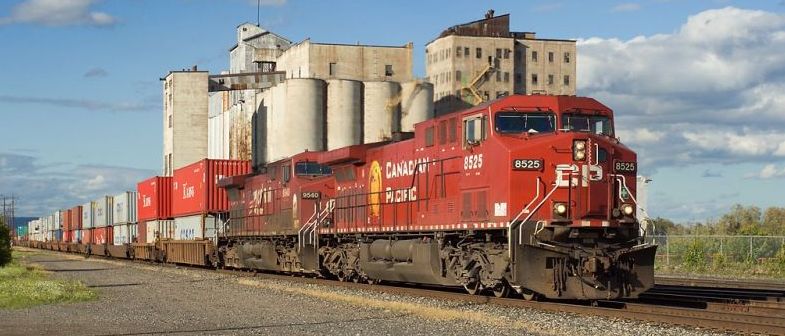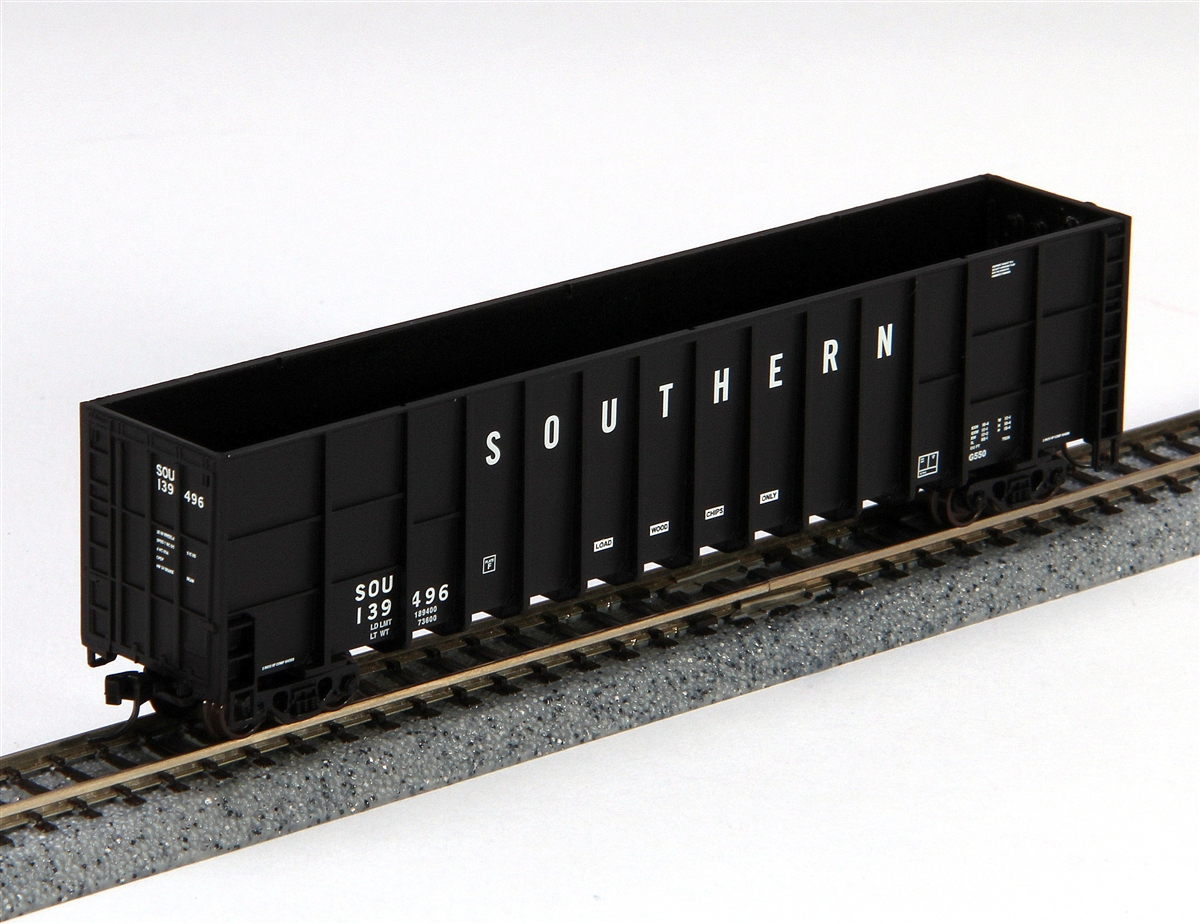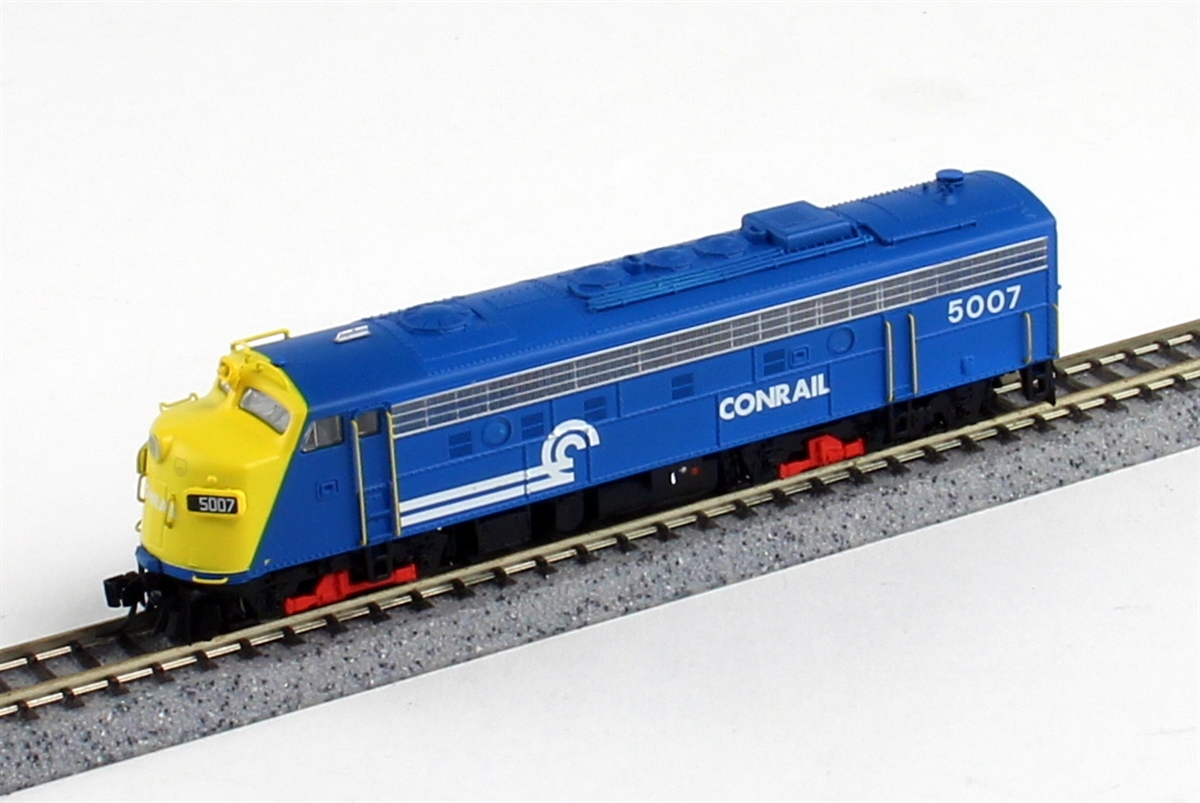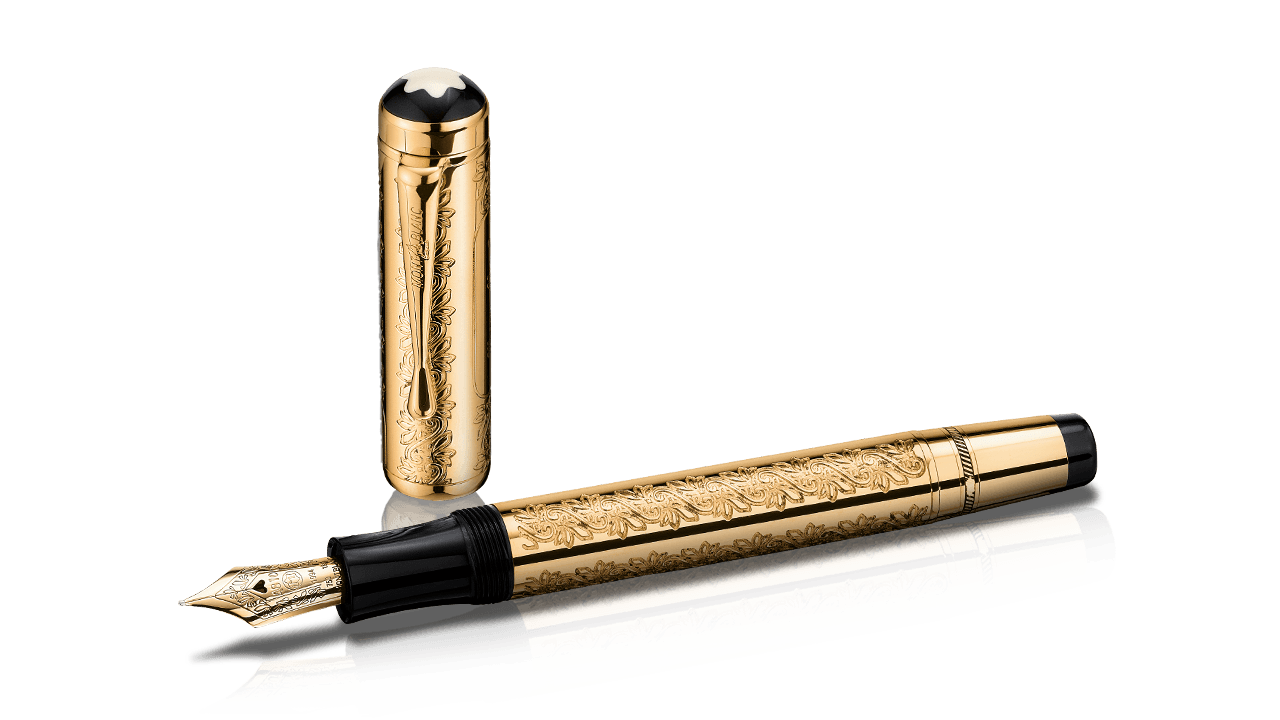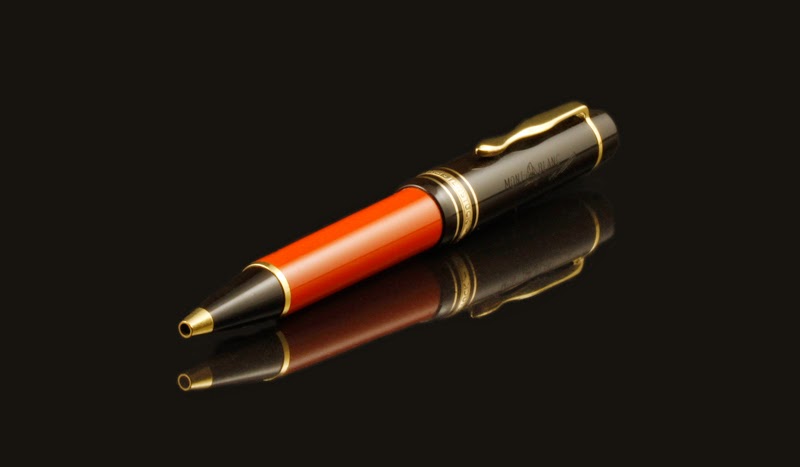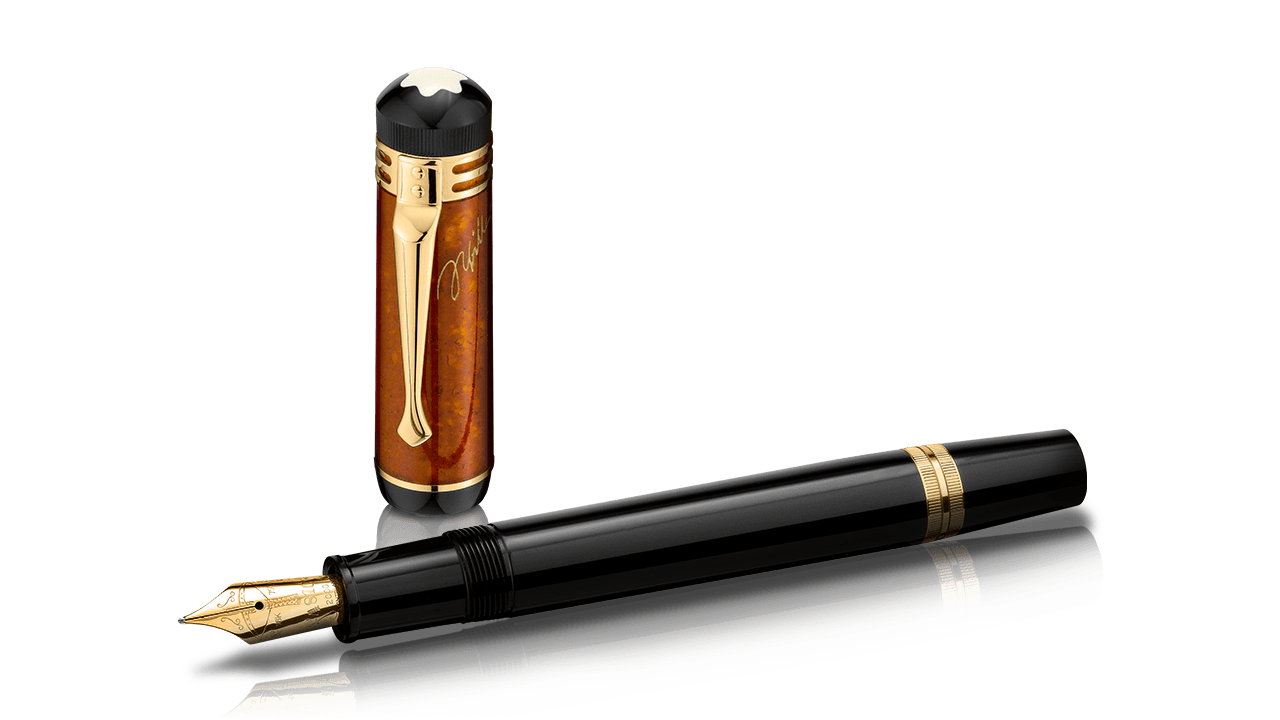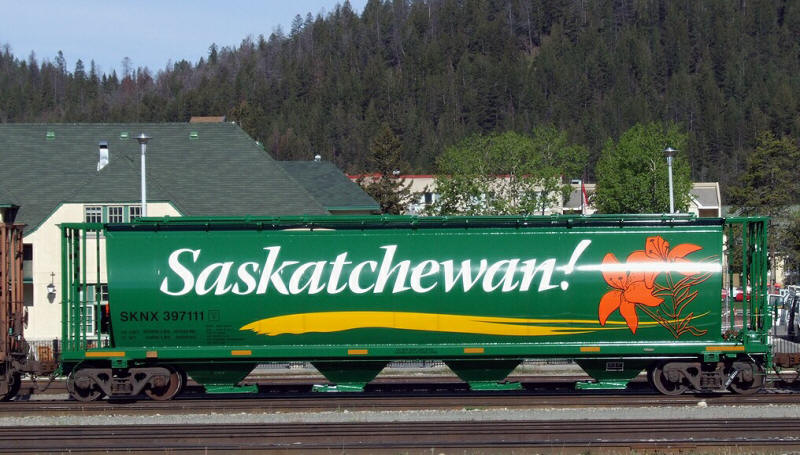Model Information: PWRS introduced this body style in 2008.
Prototype History:
In the 1970's, Canadian National & Canadian Pacific developed a concept for a standard 4550 cubic-foot 4-bay cylindrical hopper. The basic design of this hopper was developed into two car types, one for grain and similar consistency products and another for potash, dry chemicals and fertilizers.
The most obvious difference between these two types of cars can be seen in the loading hatches on the top of the cars. The grain version of the car has trough hatches spanning the length of the body top, while the potash version has a series of round hatches spaced along the length of the body.
During the production life of the design, thousands of these care were manufactured in various production runs by three different manufacturers. Hawker Siddeley produced many of these cars over the production run, and in total produced 15 variations of the basic design between the grain and potash types of this car.
Today, thousands of these cars remain in service with Canadian Pacific, Canadian National and a number of other operators. Many can be seen in their original "Heritage" paint schemes, as well as more modern schemes, such as the colorful 2008 Green Saskatchewan Grain Car Corporation scheme. Though they initially were primarily seen in Canada, they now travel the rails of North American from Canada to Mexico, with operations in many parts of the United States.
The most obvious difference between these two types of cars can be seen in the loading hatches on the top of the cars. The grain version of the car has trough hatches spanning the length of the body top, while the potash version has a series of round hatches spaced along the length of the body.
During the production life of the design, thousands of these care were manufactured in various production runs by three different manufacturers. Hawker Siddeley produced many of these cars over the production run, and in total produced 15 variations of the basic design between the grain and potash types of this car.
Today, thousands of these cars remain in service with Canadian Pacific, Canadian National and a number of other operators. Many can be seen in their original "Heritage" paint schemes, as well as more modern schemes, such as the colorful 2008 Green Saskatchewan Grain Car Corporation scheme. Though they initially were primarily seen in Canada, they now travel the rails of North American from Canada to Mexico, with operations in many parts of the United States.
Road Name History: The Canadian National Railway Company (reporting mark CN) is a Canadian Class I railway headquartered in Montreal, Quebec that serves Canada and the Midwestern and Southern United States. CN's slogan is "North America's Railroad". CN is a public company with 24,000 employees. It had a market capitalization of 32 billion CAD in 2011. CN was government-owned, having been a Canadian Crown corporation from its founding to its privatization in 1995. Bill Gates was, in 2011, the largest single shareholder of CN stock.
CN is the largest railway in Canada, in terms of both revenue and the physical size of its rail network, and is currently Canada's only transcontinental railway company, spanning Canada from the Atlantic coast in Nova Scotia to the Pacific coast in British Columbia. Its range once reached across the island of Newfoundland until 1988, when the Newfoundland Railway was abandoned.
Following CN's purchase of Illinois Central (IC) and a number of smaller US railways, it also has extensive trackage in the central United States along the Mississippi River valley from the Great Lakes to the Gulf of Mexico. Today, CN owns about 20,400 route miles (32,831 km) of track in 8 provinces (the only two not served by CN are Newfoundland & Labrador and Prince Edward Island), as well as a 70-mile (113 km) stretch of track (see Mackenzie Northern Railway) into the Northwest Territories to Hay River on the southern shore of Great Slave Lake; it is the northernmost rail line anywhere within the North American Rail Network, as far north as Anchorage, Alaska (although the Alaska Railroad goes further north than this, it is isolated from the rest of the rail network).
The railway was referred to as the Canadian National Railways (CNR) between 1918 and 1960, and as Canadian National/Canadien National (CN) from 1960 to the present.
Read more on Wikipedia.
CN is the largest railway in Canada, in terms of both revenue and the physical size of its rail network, and is currently Canada's only transcontinental railway company, spanning Canada from the Atlantic coast in Nova Scotia to the Pacific coast in British Columbia. Its range once reached across the island of Newfoundland until 1988, when the Newfoundland Railway was abandoned.
Following CN's purchase of Illinois Central (IC) and a number of smaller US railways, it also has extensive trackage in the central United States along the Mississippi River valley from the Great Lakes to the Gulf of Mexico. Today, CN owns about 20,400 route miles (32,831 km) of track in 8 provinces (the only two not served by CN are Newfoundland & Labrador and Prince Edward Island), as well as a 70-mile (113 km) stretch of track (see Mackenzie Northern Railway) into the Northwest Territories to Hay River on the southern shore of Great Slave Lake; it is the northernmost rail line anywhere within the North American Rail Network, as far north as Anchorage, Alaska (although the Alaska Railroad goes further north than this, it is isolated from the rest of the rail network).
The railway was referred to as the Canadian National Railways (CNR) between 1918 and 1960, and as Canadian National/Canadien National (CN) from 1960 to the present.
Read more on Wikipedia.
Brand/Importer Information: North American Railcar is a manufacturer of N Scale model rolling stock. NAR is a subsidiary of Pacific Western Rail Systems, a hobby shop based in Surrey, British Columbia, founded by owner Dan Huberman. PWRS has been working with Micro-Trains for decades producing special runs of MTL cars for sale exclusively through their store. In 2008, PWRS started production of their own body styles - which are also exclusively sold through the PWRS storefront under the brand name North American Railcar. As of 2016 they produce three body styles each with several variations to achieve prototypical accuracy. In 2017 they announced production of a fourth body style.
Item created by: gdm on 2017-02-01 19:54:44
If you see errors or missing data in this entry, please feel free to log in and edit it. Anyone with a Gmail account can log in instantly.
If you see errors or missing data in this entry, please feel free to log in and edit it. Anyone with a Gmail account can log in instantly.



